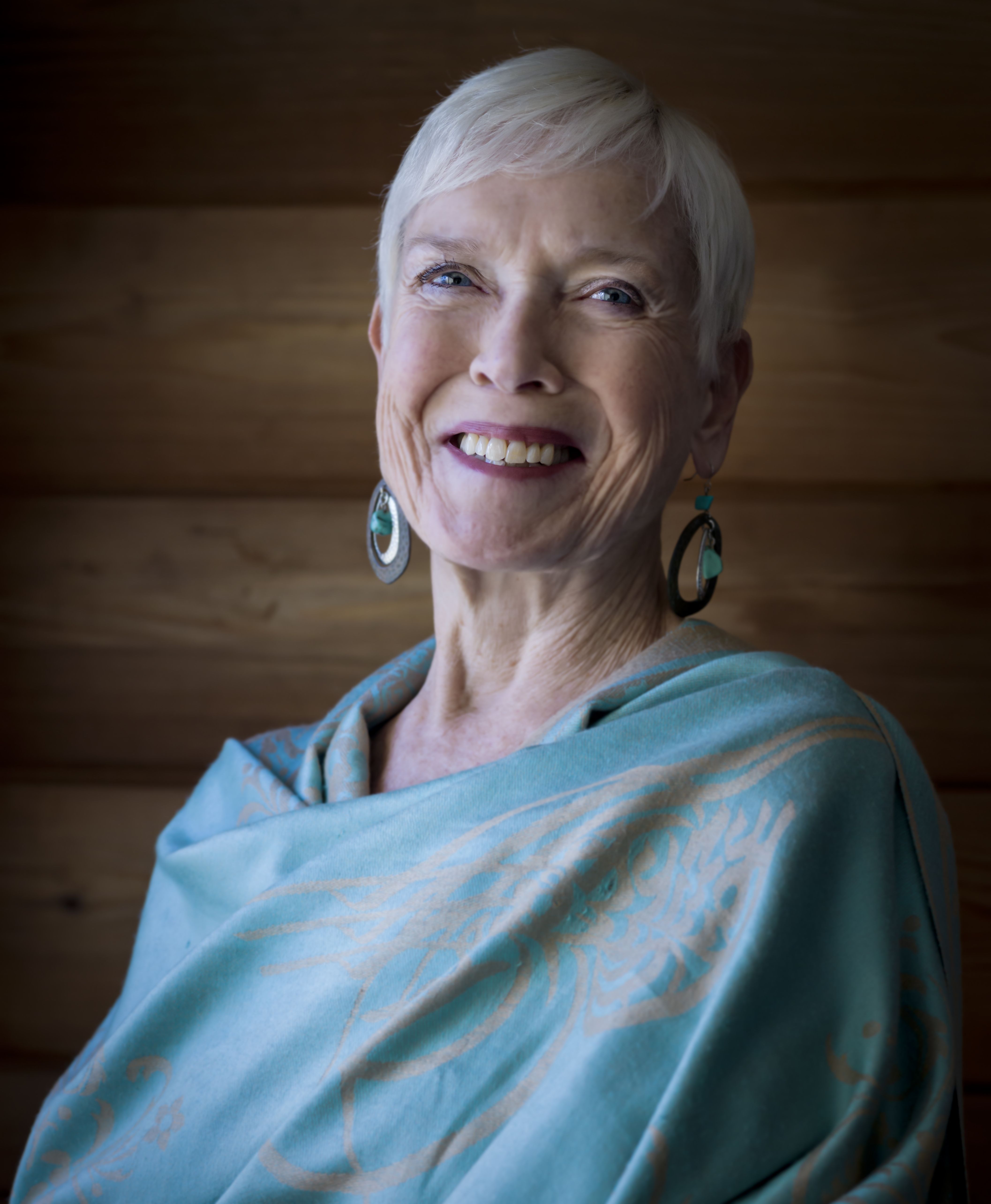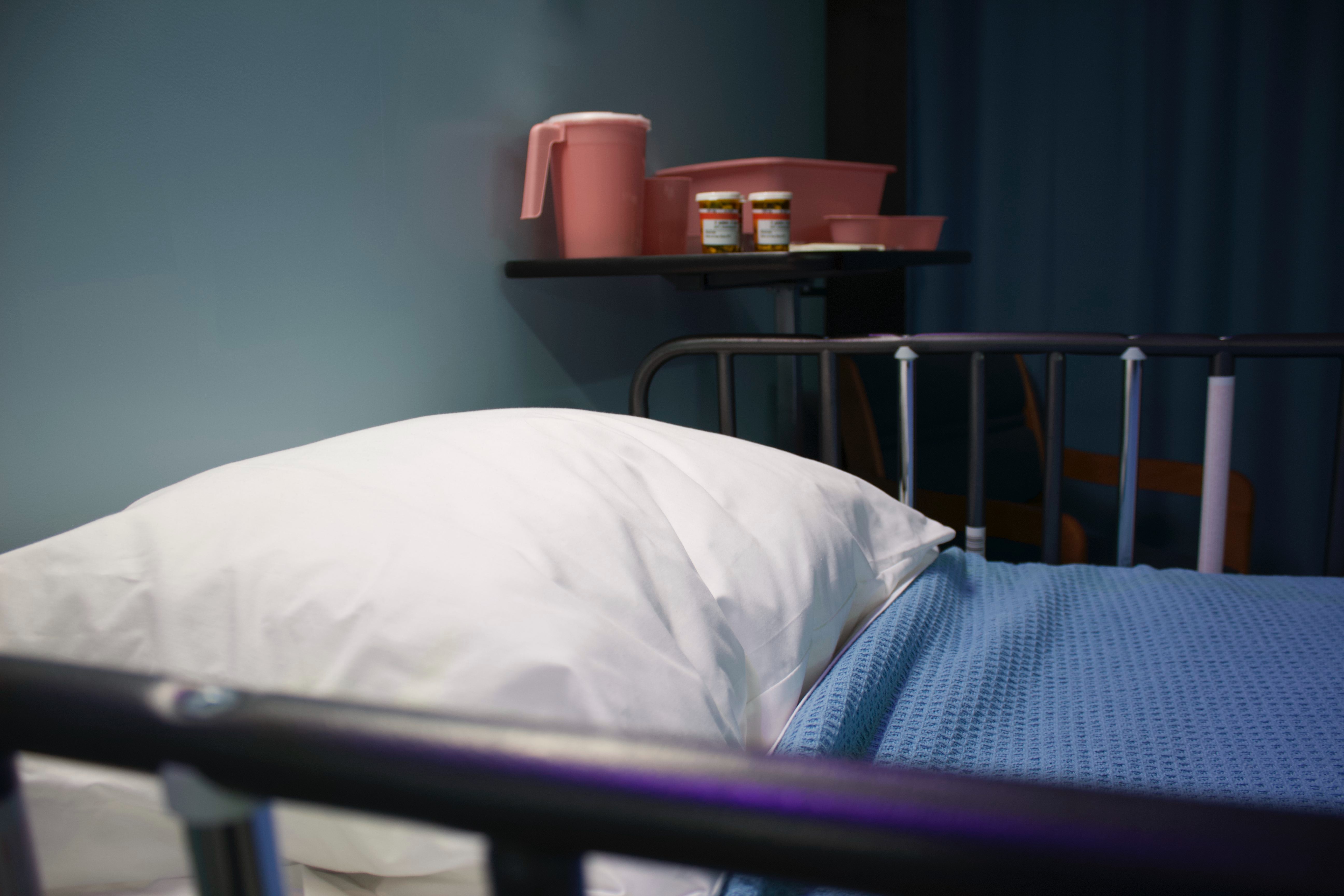When my husband Bruce decided to stop treatment for the cancer that would kill him, he was adamant about dying peacefully at home. When we engaged hospice to help us fulfill this last wish, I thought I knew all about hospice, that it was essentially less medical care in a different setting. Boy was I wrong! I learned through experience the invaluable support they provide through a range of services that you, like me, may be unaware of.
Hospice works as an interdisciplinary team
A team came to our home shortly after we requested hospice: a nurse to monitor Bruce’s vital signs, help with medications, and order equipment; an on-call nurse available through an emergency twenty-four-hour line; a social worker for individual and family counseling; and a spiritual counselor. I had not known hospice included all these professionals, or that we would need them.
Nursing care was hands-on and coaching
On her first visit, our nurse, Linda, gave me a box of rescue medications, along with a reference card of symptoms, what drug to use for each symptom, and dosage. Another reference sheet would help me determine pain medication and dosage if Bruce couldn’t communicate. The last thing Linda did was put a DNR bracelet on Bruce’s wrist. “Do not call 911,” she emphatically told us. “EMTs are legally required to take extreme measures, even if you’re wearing the bracelet.”
If we panicked it could cause Bruce to end up in a hospital, on life support, exactly what he did not want. Each new responsibility felt daunting, but Linda assured me if I felt out of my depth, she and the on-call nurse would walk me through any question or concerns.
Our on-call nurse helped me through a crisis
As I kept vigil one night, I heard Bruce stir. With halting and slurred words he murmured, “Coke.” Before I had a chance to answer, he whispered again. “Ice cream.” He was barely lucid, definitely not rational. He kept asking, pleading. I didn’t know what to do. I visualized the coke and ice cream traveling down his esophagus only to be stopped by the tumor that closed off his stomach.
I dialed Susan, our on-call nurse, my heart breaking for him and for me. “Let him try a little,” she calmly instructed. With her still on the phone, I poured a tiny amount of Coke into a cup, put the glass to his lips and he weakly took a baby sip. I then rested a teaspoon with ice cream on his lower lip and he gently closed his mouth, taking the smallest amount onto his tongue. I held my breath and waited. “He’s OK,” I told Susan, my relief flying through the air waves.
We knew what to expect day-to-day
Linda told us a part of the process we go through at end-of-life is resolving unfinished business of a practical nature. We’d had problems with our clothes washer and Bruce, who was only semi lucid, wanted to make sure it was fixed. We managed to convince him it was. Then another disturbing problem arose that I couldn’t even understand. My niece, a lawyer, happened to be visiting at the time and was able to assure him that she would handle it. His specific concerns were not logical but representative of his need to leave us cared for. Because we had been warned in advance we were not upset and were able to provide the assurances he needed that we’d be ok.
Linda also warned us Bruce could have vision-like experiences, that we should be prepared for bursts of strength at the end. Just days before he died, I found Bruce trying to get out of bed with a determination and a strength that amazed me. Our son-in-law was physically unable to hold him down. I helped some with the physical restraint, more with the emotional calming. Bruce was not coherent enough for us to understand where he needed to go or why, but that did not diminish the urgency or forcefulness that he felt. I don’t know what would have happened if we had not been prepared.
Our social worker helped us understand and cope with Bruce’s impending death
Bruce had been spending a lot time reading magazines or just sitting on the couch. I didn’t understand how he could do such mundane things when he was dying, and we had so little time left together. I felt selfish complaining about anything he did, and guilty for feeling that way.
“It’s not unusual for someone who’s dying to turn inward and be less communicative,” Bonnie told me. “It just reflects his need to focus on inner contemplation. The spirit, as well as the body, goes through an orderly shutdown. Emotionally letting go and drawing within is normal and natural.” After learning this I had a very different and much more supportive reaction to Bruce’s moments of self-absorption.
On another visit Bonnie brought materials on how children of various age groups understand and cope with the concept of death. She coached my daughter and me with specific wording on how to talk to 2-year-old Mae about her grandfather’s death.
Logistics support took some tasks off our radar
At the first visit Linda ordered a commode and urinal. When I told her I had been nervous about Bruce showering, she ordered a shower chair. When the time came, she ordered a hospital bed that arrived and was set up that afternoon. Bruce had everything he needed, just in time, and I never had to think about it.
Linda also happened to be there when Bruce died. Once the family had finished saying good-bye, we left the room while she prepared his body. She filled out Bruce’s death certificate and notified his physicians, each of whom called me within minutes. When it was clear that we’d had enough time for our goodbyes, she contacted the funeral home.
When we first engaged hospice, I’d had only a vague notion of what they provided. I had thought we were prepared for Bruce’s death, but I soon discovered how much I didn’t know. They gave me the care, confidence, and compassion that I needed to confront challenges every day. I could not have fulfilled Bruce’s wish to die at home without them. When it’s my turn to face the great beyond I will be grateful for all that I now know hospice has to offer.


